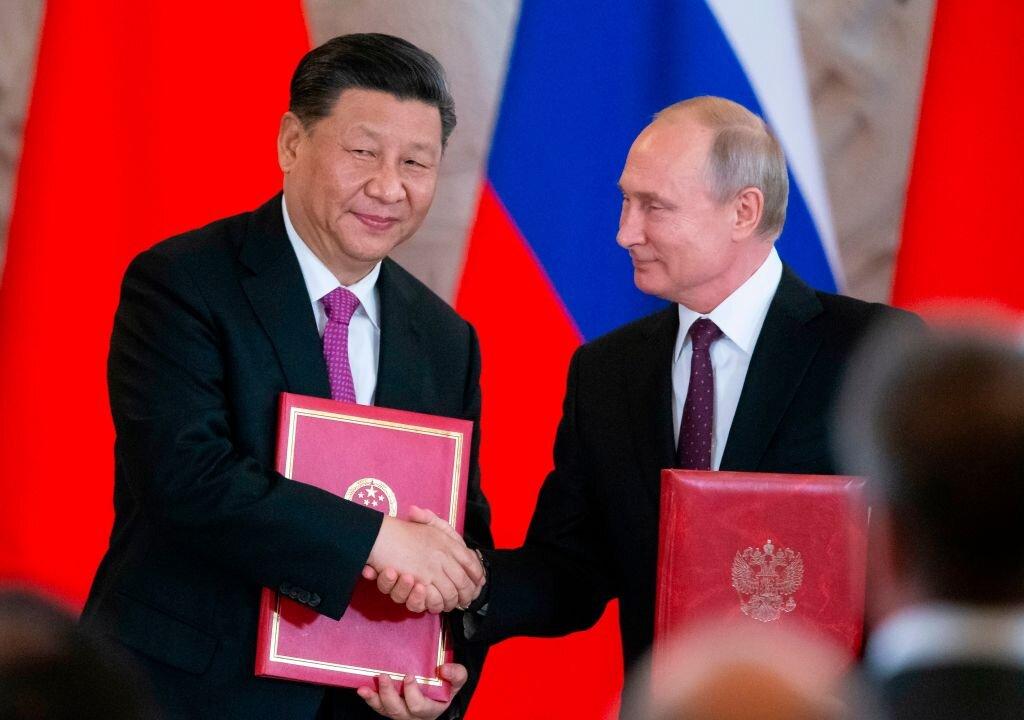Russia is planning to exploit trade tensions between Australia and China to move large quantities of its low-quality coal into the Chinese market and the rest of Asia.
Last week, Russian President Vladimir Putin met with industry executives and government officials to discuss plans for drastically increasing coal export to Asia by up to 30 percent, according to a Wood Mackenzie report obtained by The Australian.





